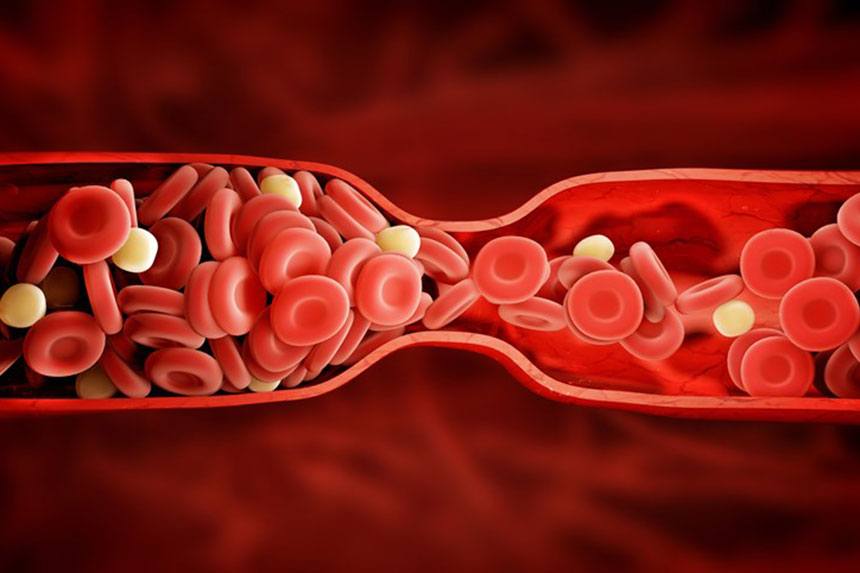
Blood clotting is a natural process that your body employs to prevent blood wastage when a blood vessel is injured. The platelets, a type of blood cell, are important in the blood clotting cascade.
However, in certain instances, platelet aggregation may be dangerous. Cardiovascular issues such as arrhythmia – irregular heart rhythm, congenital heart defect, and heart attack are products of dangerous blood clots.
For this reason, blood thinners also called anticoagulants or antiplatelets are prescribed for people at risk of cardiovascular events. Some of these blood thinners are gotten from plants and have shown promising blood-thinning activities in the laboratory and or clinical studies. [1] [2] [3] [4]
What are Blood Thinners and How Do They Work?
Anticoagulants and antiplatelets do the same thing – to prevent clots from forming. But they do it in different ways. Blood thinners are the collective name for such medications that prevent clots from forming.
Anticoagulants are types of blood thinners that increase the time it takes for clots to form. E.g. warfarin and heparin.
Antiplatelet, on the other hand, prevents platelets from sticking together to form clots. Examples are aspirin and clopidogrel.
Meanwhile, blood thinners don’t break up clots but they may prevent them from getting bigger.





